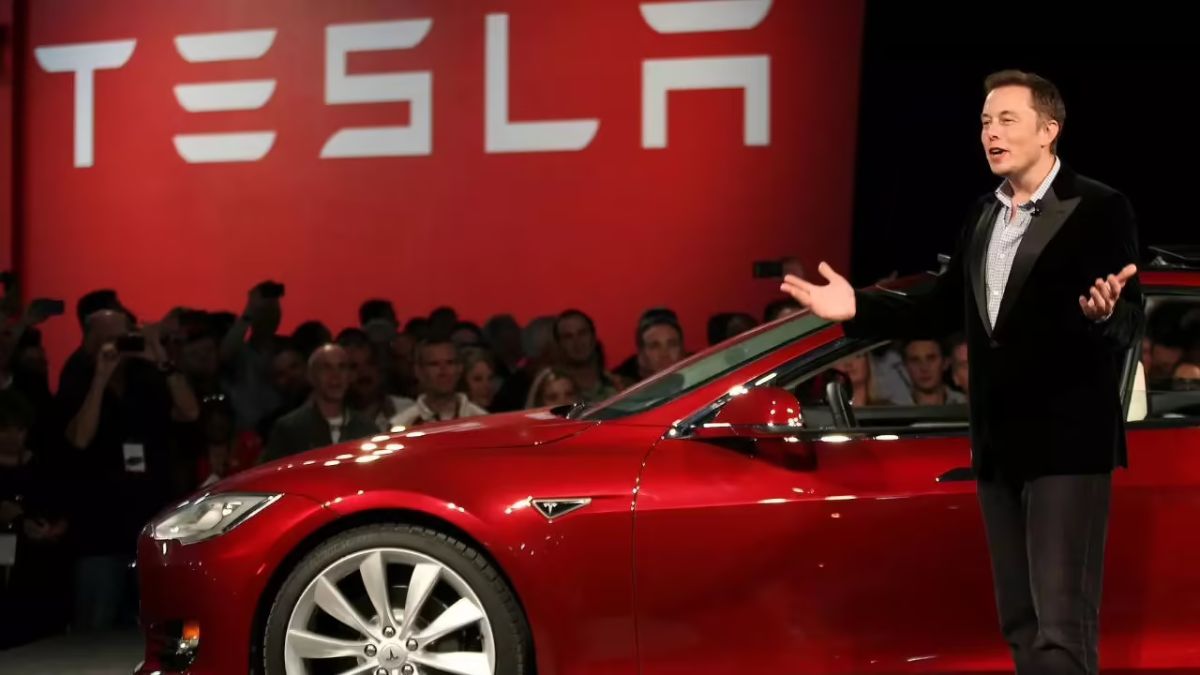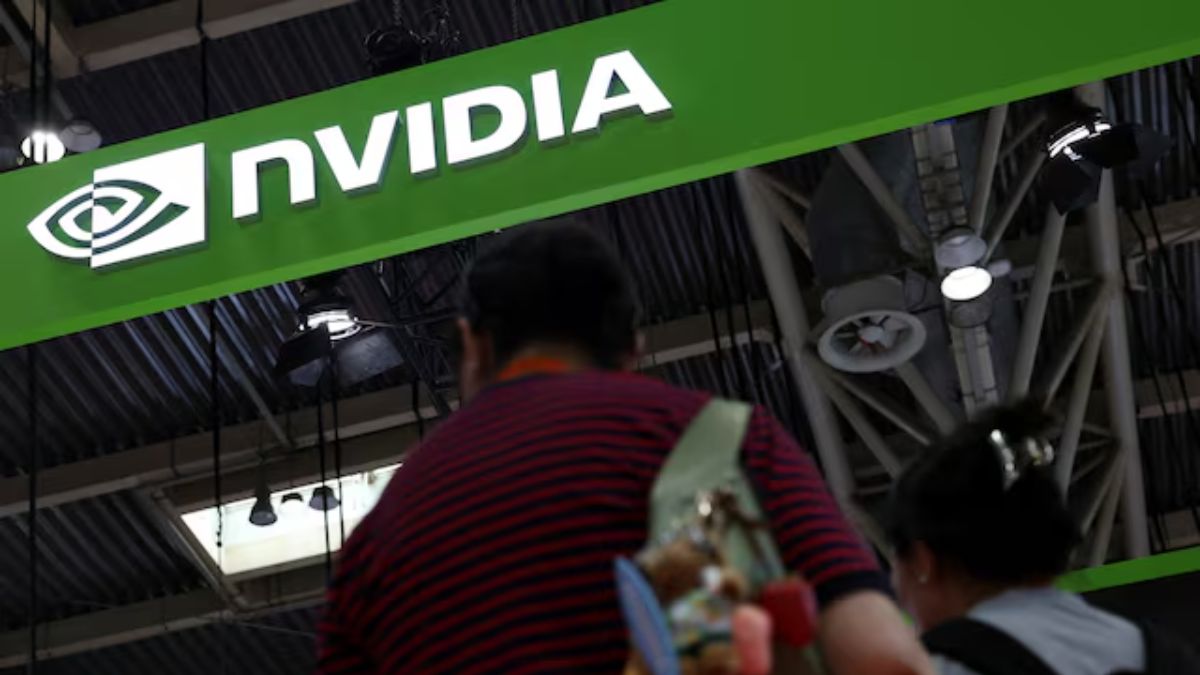Americans pay lower taxes than most developed countries, but this comes with some trade-offs. In 2023, total taxes collected in the U.S. made up 25.2% of GDP, much lower than the average of 33.9% for OECD countries.
This difference is partly because the U.S. does not have a Value-Added Tax (VAT), a consumption tax used by over 170 countries. Instead, the U.S. relies heavily on income taxes to generate federal revenue.
What is a VAT?
A Value-Added Tax (VAT) is a broad sales tax applied to goods and services at every stage of production. For example:
- A contractor repairing a home in Europe would charge VAT on the service.
- Companies buying parts from suppliers also pay VAT during transactions.
Most countries impose VAT rates between 20% and 25%, significantly higher than the sales taxes used in the U.S.
How the U.S. Collects Taxes
Instead of VAT, the U.S. depends on income taxes, which account for nearly half of all federal revenue:
- 44% comes from personal income taxes.
- 7% comes from corporate taxes.
U.S. income taxes are progressive, meaning wealthier individuals pay higher rates. However, low-income Americans often pay little to no federal income tax and may receive tax credits.
For instance, Americans earning between $200,000 and $500,000 paid an average effective tax rate of 16.6% in 2018, lower than VAT rates in Europe.
State vs. Federal Taxes
The U.S. tax system is unique because it relies heavily on state and local taxes:
- Federal taxes account for two-thirds of the total tax burden.
- The rest comes from state taxes on income, sales, and property.
States also bear the cost of funding schools, police, and other major programs, responsibilities often covered by federal governments in other countries.
What Americans Give Up
The absence of VAT and lower overall taxes mean fewer public benefits:
- Many European countries use VAT revenue to fund universal healthcare, free higher education, and paid parental leave.
- In the U.S., individuals must pay for these services out-of-pocket, using the savings from lower taxes.
For example, Scandinavian countries collect a higher share of GDP in taxes but offer more extensive social safety nets.
Is the Trade-Off Worth It?
While Americans enjoy lower taxes, this comes with smaller federal programs and greater reliance on states to handle social services.
The U.S. system spares many ordinary workers from high tax burdens, but it also places a larger financial responsibility on individuals for healthcare, education, and childcare.
Would introducing a VAT in the U.S. improve public benefits, or would it create unnecessary financial strain? The debate continues.














